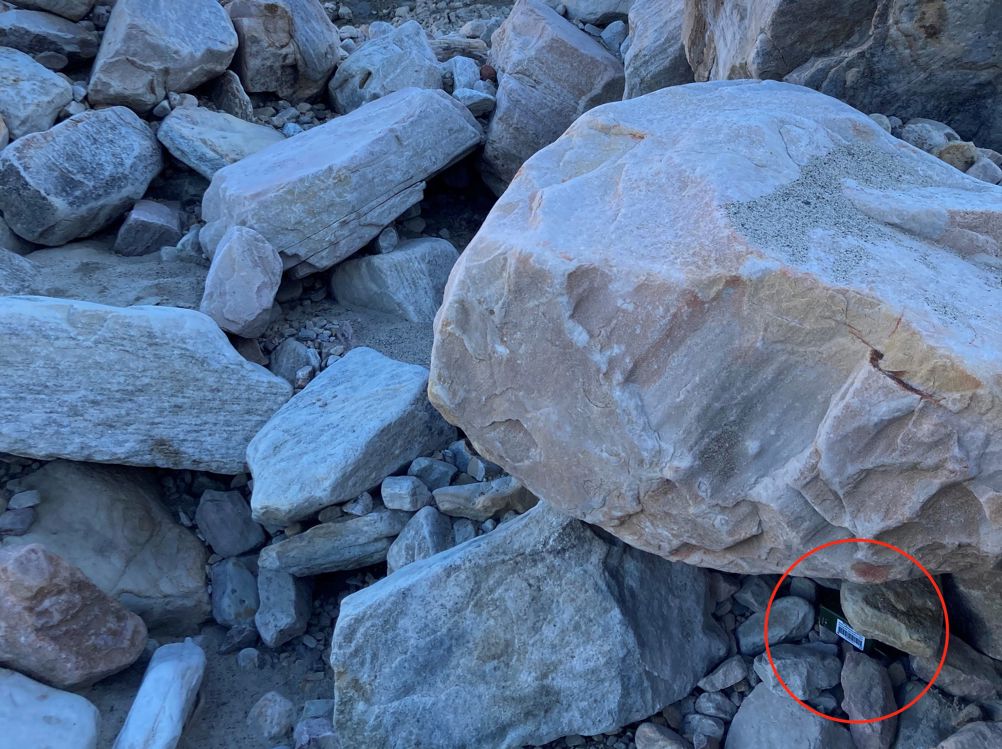Scientists monitor melting glaciers to gauge the meltwater contribution to ocean and freshwater resources globally, while also observing the risk of glacial flooding. However, glacio-hydrological monitoring is expensive, requiring a substantial effort by observers or sophisticated technology with large volumes of data.
Now, scientists from Japan’s Hokkaido University, led by Evgeny A. Podolskiy, have proposed a safe, affordable, and effective approach for monitoring glacial discharge using sounds generated at the proglacial run-off site. The method, published in Geophysical Research Letters, is reportedly approximately 100 times cheaper than the most novel methods, non-invasive, quick to deploy, and can become a tool for long-term glacier monitoring.

Previous research linked inaudible (infrasound) signals to glacial runoffs, noting a daily variation in the recordings and a peak during the summer. It was hypothesised that these signals might be generated by the radiation of air-pressure waves from the glacial runoff. Consequently, it was suggested that glacier discharge could be measured by analysing the audible sounds that are also emitted by melting glaciers.
The researchers conducted the first near-source study at Qaanaaq Glacier, Greenland, that showed acoustic noise levels scale with proglacial discharge, with an easy-to-detect, audible diurnal pattern.
“The ambient sound could be described as a continuous hum of roaring water, which would be familiar to anyone who walked near a white water,” Podolskiy said in a statement.
For recording the ambient soundscape, the team deployed a commercially available bird-song recorder near the terminus of the Qaanaaq Glacier.
“We estimated the proglacial discharge by water-depth and flow-speed measurements, which were collected at the intersectional site of the proglacial stream and the road between Qaanaaq and the local airport. The acoustic data was analysed and the result was then cross-correlated with the discharge in order to single out a frequency band that was the best proxy for the proglacial stream,” said Podolskiy.
The highest correlation was seen in the frequency range of 50–375Hz. The scientists also found that the noise level mimicked the temporal variation in runoff. Moreover, they observed that the acoustic signal was recorded approximately 50 minutes before a corresponding change in discharge.
The study demonstrated that audible acoustic signals can be used for sensing glacio-hydrological variations remotely and continuously. The method reduces the risk of instrument loss and does not require avant-garde data processing techniques. Although it does not provide the high spatial resolution of fibre-optic tools, it breaks new ground in terms of affordability and overall simplicity. This method can be used to set up early-warning systems to timely detect events like glacier lake outbursts and help mitigate glacial flooding events.
The team acknowledges that the sound-discharge relationships in glaciated watersheds may be complex. Future efforts might benefit from a long-term monitoring, clarified relationship between audible and inaudible sounds, as well as assessed interference effects of wind.











McMurtry Spéirling defies gravity using fan downforce
Ground effect fans were banned from competitive motorsport from the end of the 1978 season following the introduction of Gordon Murray's Brabham...